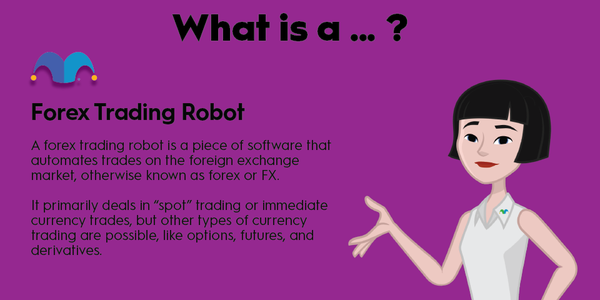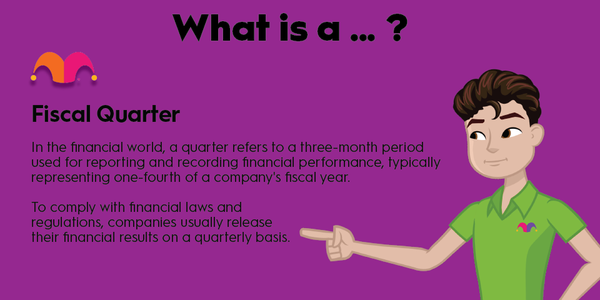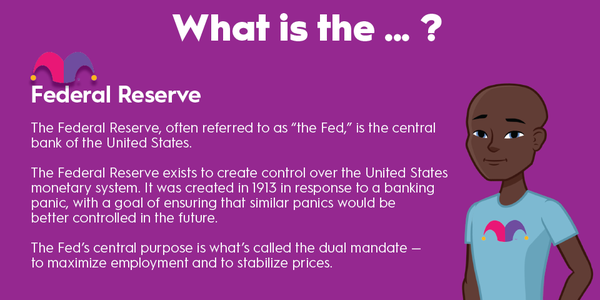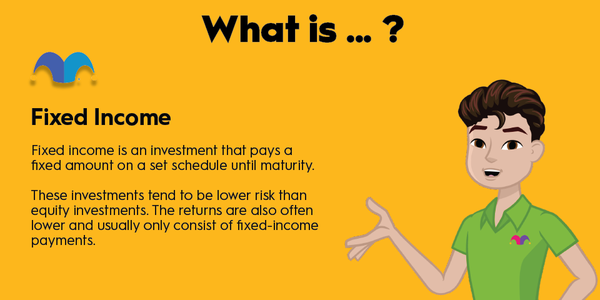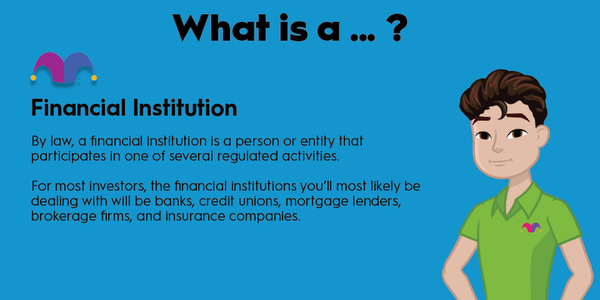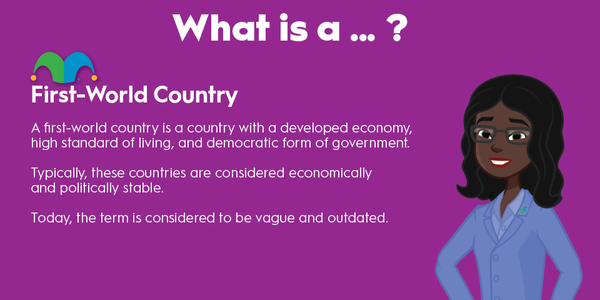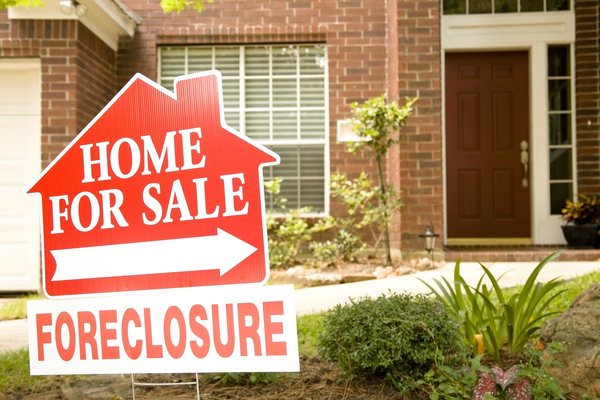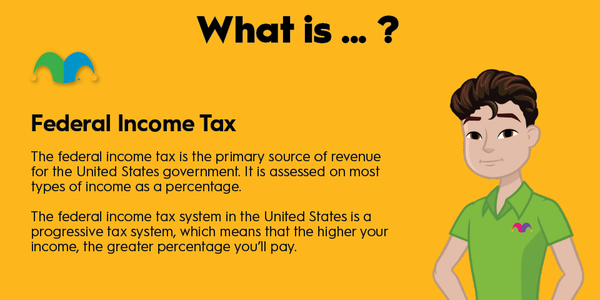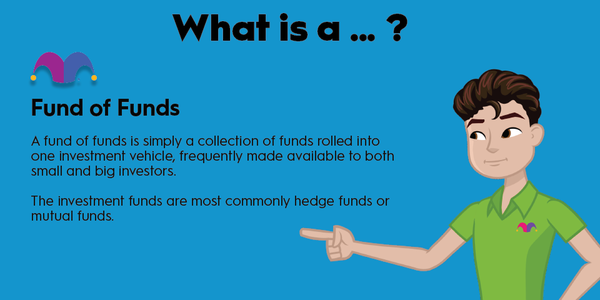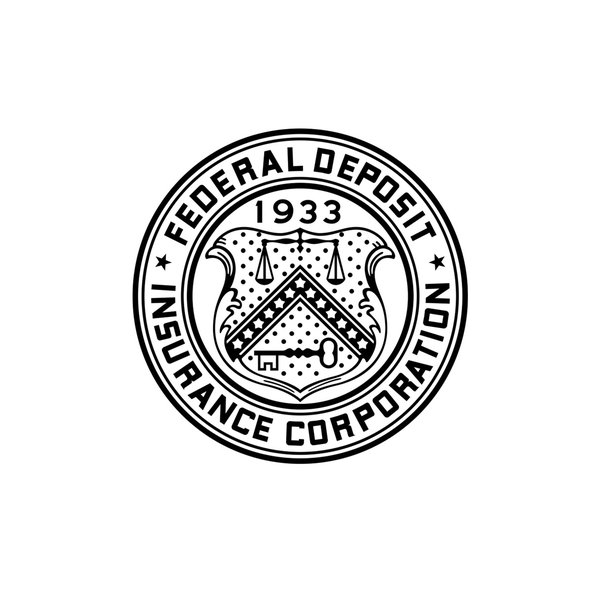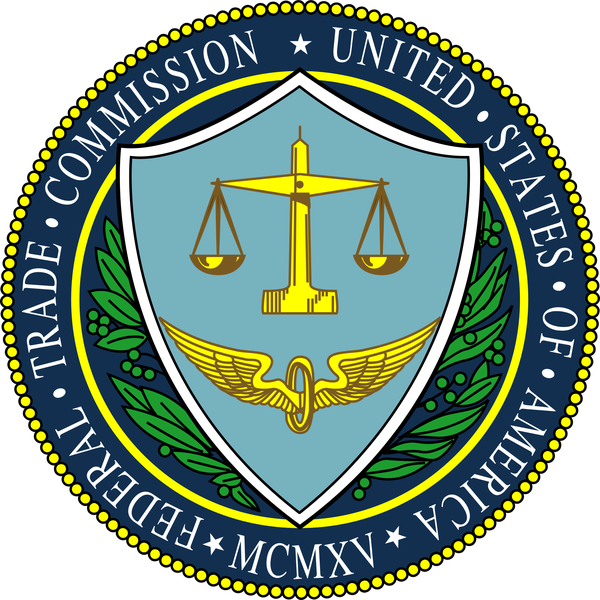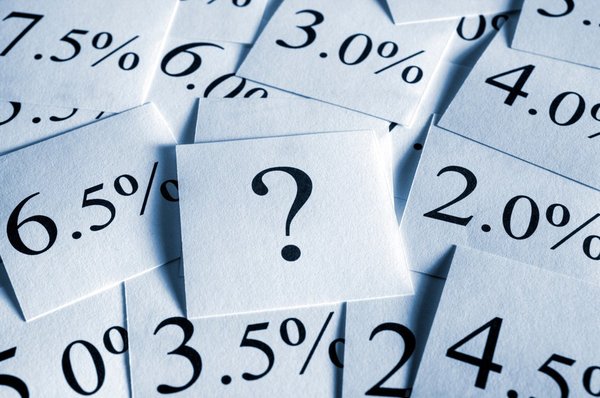The Federal National Mortgage Association (FNMA 0.34%), typically known as Fannie Mae, is a government-sponsored enterprise (GSE). It bolsters the housing market by increasing mortgage availability to low- to moderate-income borrowers.
Here's a look at what Fannie Mae does, its history, how Fannie Mae loans work, and an example of a Fannie Mae loan.
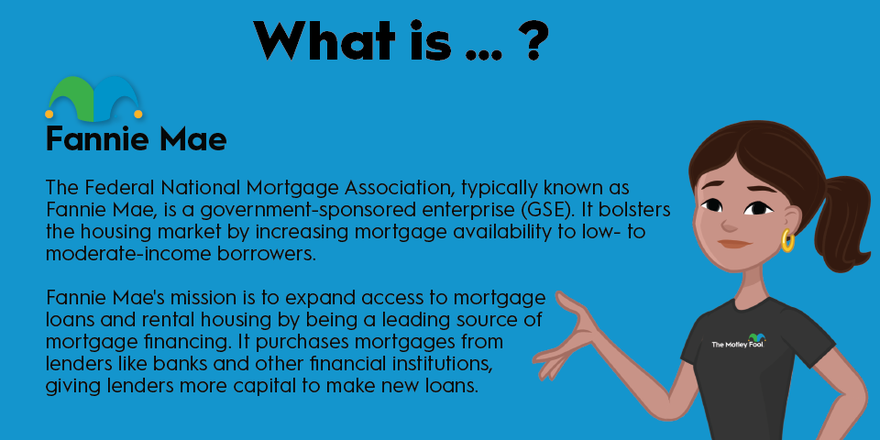
What does Fannie Mae do?
What does Fannie Mae do?
Fannie Mae's mission is to expand access to mortgage loans and rental housing by being a leading source of mortgage financing. It doesn't originate mortgage loans or directly lend to borrowers. Instead, it purchases mortgages from lenders like banks and other financial institutions, giving lenders more capital to make new loans.
Fannie Mae works to support expanded access and opportunity for two housing types:
- Single-family homes: Fannie Mae buys mortgage loans from lenders to purchase or refinance these homes. It packages the loans into mortgage-backed securities (MBS) that it guarantees. That attracts investors to the secondary mortgage market, where MBS are purchased. Common buyers are banks and other financial institutions, including mortgage REITs. Fannie Mae's solutions allow lenders to offer 30-year, fixed-rate mortgages to provide borrowers with predictable payments.
- Multifamily houses: Fannie Mae's Delegated Underwriting and Servicing (DUS) program helps finance multifamily housing by leveraging private market capital. It also invests in Low-Income Housing Tax Credit (LIHTC) properties to create affordable multifamily housing. Fannie Mae securitizes multifamily loans into MBS to increase the availability of lending capital for multifamily housing projects.
A brief history of Fannie Mae
A brief history of Fannie Mae
Congress created Fannie Mae in 1938. The GSE's mission is to increase the availability and affordability of mortgages. Before Fannie Mae came along, borrowers often needed to put more than 50% down to buy a home. They also faced strict terms, including potentially losing their home through foreclosure following one missed payment.
Fannie Mae became a private enterprise in 1968. Congress allowed it to sell stock and bonds to become a self-funding and publicly traded company, enabling the government to remove Fannie Mae from the federal budget. However, it remained linked to the government as a GSE.
The financial crisis of 2008-2009, which caused the Great Recession, forced the government to step back in and directly support Fannie Mae in 2008. The government took over Fannie Mae and placed it into the conservatorship of the Federal Housing Finance Agency (FHFA). The FHFA financially supports Fannie Mae in exchange for preferred stock. The NYSE delisted Fannie Mae's common stock in 2010. However, it still trades publicly on the OTC markets exchange.
SEC (Securities and Exchange Commission)
How Fannie Mae loans work
How Fannie Mae loans work
Fannie Mae doesn't originate loans. It buys them from lenders if they meet requirements, known as conforming loan limits, set by the FHFA. A loan must satisfy each of the following factors to be a conforming mortgage:
- Credit score: The borrower(s) must have a minimum median credit score of at least 620 across the three major credit bureaus.
- Debt-to-income ratio (DTI): The borrower's total monthly debt payments should be 50% or less of their monthly income before taxes.
- Down payment: The borrower must put down at least 3% to purchase a one-unit primary residence. The down payment is higher for second homes and investment properties.
- Reserves: The borrower needs to have enough money in reserve to cover at least two mortgage payments.
- Loan size: Fannie Mae will only buy loans for up to $726,2000 (as of 2023) for a one-unit property in most areas. Designated high-cost areas have a higher limit of $1,089,300.
Before closing the loan, lenders will ensure a borrower conforms to these standards as part of their underwriting process. Once the loan closes, the lender can sell the conforming mortgage to Fannie Mae. The GSE will guarantee the loan (meaning it will cover any losses if a borrower defaults). It then packages the loan with others with similar characteristics into an MBS. Fannie Mae will then sell the MBS to investors.
Related investment topics
An example of a Fannie Mae loan
An example of a Fannie Mae loan
A borrower applies for a $500,000 mortgage at their local bank to buy a home they have under contract to purchase for $550,000. The bank verifies that the borrower has a median credit score of 700, a debt-to-income (DTI) ratio of 35%, a 10% down payment, and enough reserves to cover three months of mortgage payments so that it meets the conforming loan limits. The bank closes the loan and sells it to Fannie Mae, freeing up the bank's capital to make another loan.
Fannie Mae guarantees the loan and packages it with 1,000 others with similar credit scores, DTIs, down payments, and reserves into an MBS. A mortgage REIT purchases the MBS, which generates interest income for the REIT to make dividend payments to its investors. Selling the MBS frees up Fannie Mae's capital to buy more loans from lenders.
